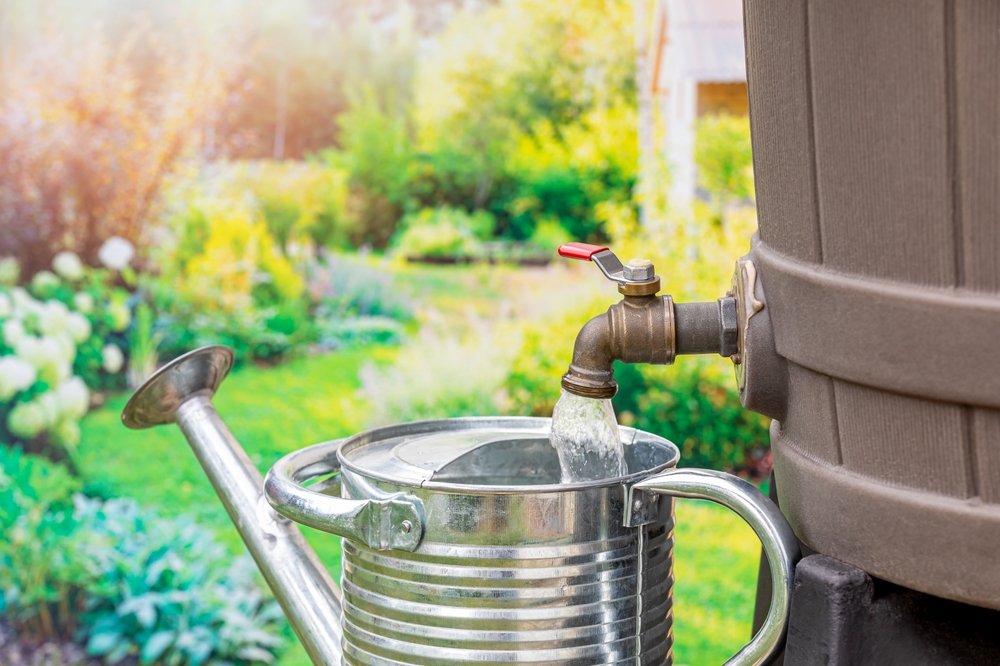
Greywater And Your Green Home
What is “Grey” Water? Greywater is waste water in your home that can be recycled through greywater systems. “Grey” water is distinct from “blackwater,” which is water in the home that can’t be re-used because of its higher concentrations of organic matter.
Grey water comes from different sources in the home than blackwater. “Black water,” like toilet water and water from the kitchen sink, contains higher concentrations of organic matter and generally cannot be used. Greywater from a shower or bath or from the bathroom sink and laundry can be re-used.
What is a Greywater System?
A greywater system is a system of pipes and/or pumps and filters that redirect the water so it can be re-used in the home or garden. Some greywater systems are straightforward systems that redirect pipes and rely on gravity. Other greywater systems are more complex, involving pumps and filters. Many homes can do a lot with a simple grey water fix. In certain situations, such as if you want to irrigate a yard that is uphill from your house, you will need to install a pump.
There are many additional things to consider when installing a grey water system. Your choices will need to accommodate the local climate and ecosystems. An ecosystem integration consultation can help you decide on the solution that is right for you. For example, if runoff from a greywater “managed wetland” storage system is likely to flow into a local waterway and cause pollution, the type of system could require a rethink.
Where is Greywater Sourced From?
Greywater is sourced from the bath, shower, bathroom sink and laundry and can be used in different ways, depending on household needs and the system installed. Greywater can be used for irrigation, for flushing toilets, for washing machines and pool water.
The “Laundry to Landscape” system is one of the more simple and straightforward greywater systems. It can be installed at home using low-cost, widely available parts. It redirects water from the laundry to a system of pipes that irrigate plants and trees that are suitable for greywater. Note: greywater may not be suitable for watering edible plants if it comes into contact with the edible part of the plant.
One reason why greywater is good for irrigating plants is that the “gently used” water contains nutrients from washing, such as human hair, which can benefit plants and the soil. The Laundry to Landscape system redirects water from the washing machine and it filters the water through mulch beds to remove laundry soap.
Using greywater systems generally requires monitoring and adjusting the products you use in your laundry. Products containing salts, for example, are harmful for plants. The Laundry to Landscape system has a switch which allows you to redirect the water to the sewage system if the laundry involves diapers or if you are using products like bleach that shouldn’t come into contact with plants.
Ecosystem Integration Consultation
Greywater systems are a responsible way of reducing waste water and conserving water, so they are ideal for homeowners who want to manage their impact on the environment in sensitive ecosystems or in climates where water scarcity is an issue. The more complex greywater systems involve pumps and filtration so that grey water can be reused for a wider variety of purposes and kept out of the polluting sewer system. An ecosystem integration consultation can help you assess the right system for your needs based on the local flora and fauna in your area. Some greywater systems, such as the living fountain, can even increase biodiversity by using certain plants to filter the water, allowing the plants to add microorganisms and nutrients to the soil.
Each situation will be unique both to the local environment and the owners of the home. To make a full environmental impact assessment you should consult with a green home design expert who can guide you. At Earth Science Design we have researched the science of green home design and ecosystem integration for ten years. We work with homeowners to support design decisions from upgrading existing systems, to installing simple fixes or doing a more complete overhaul. We work with clients nationwide and internationally. We can meet with clients in our offices in San, Diego CA, Brooklyn, NYC and Paris France, or work with clients remotely. Please contact us to learn more.

